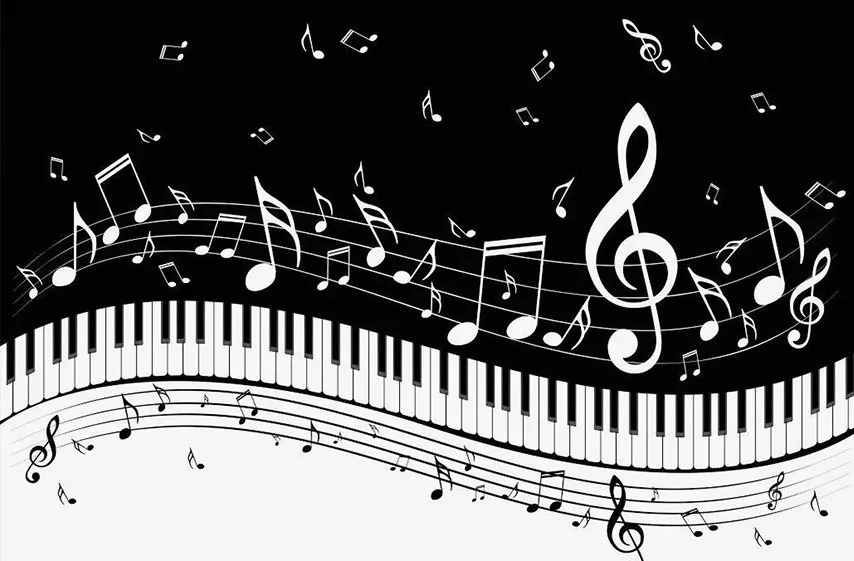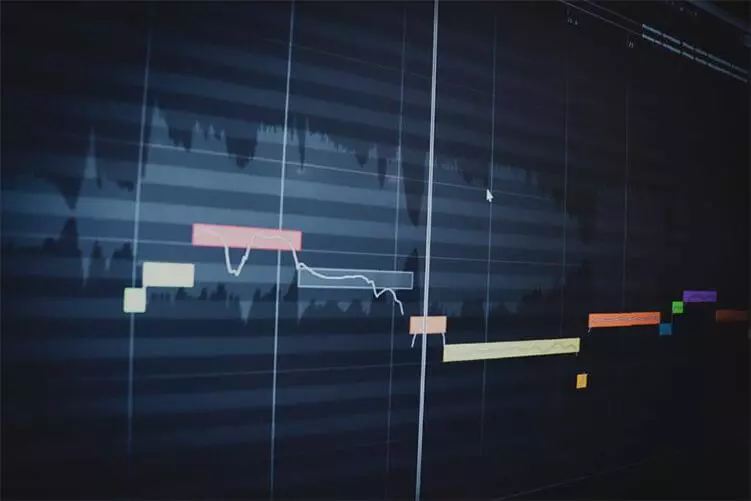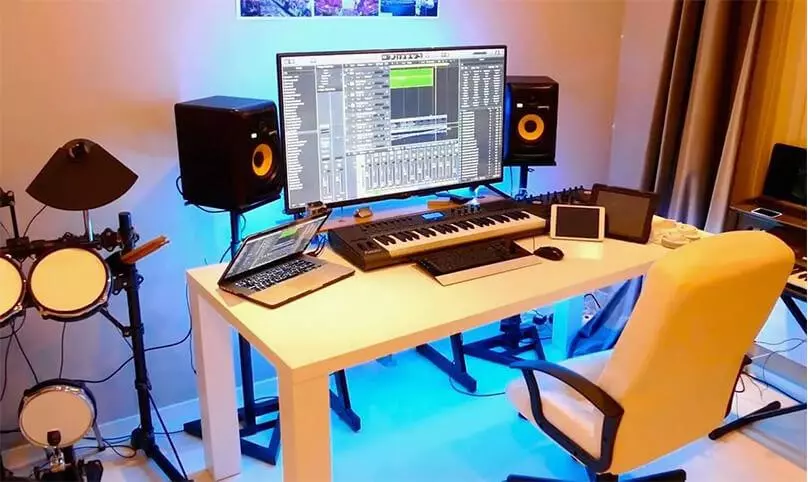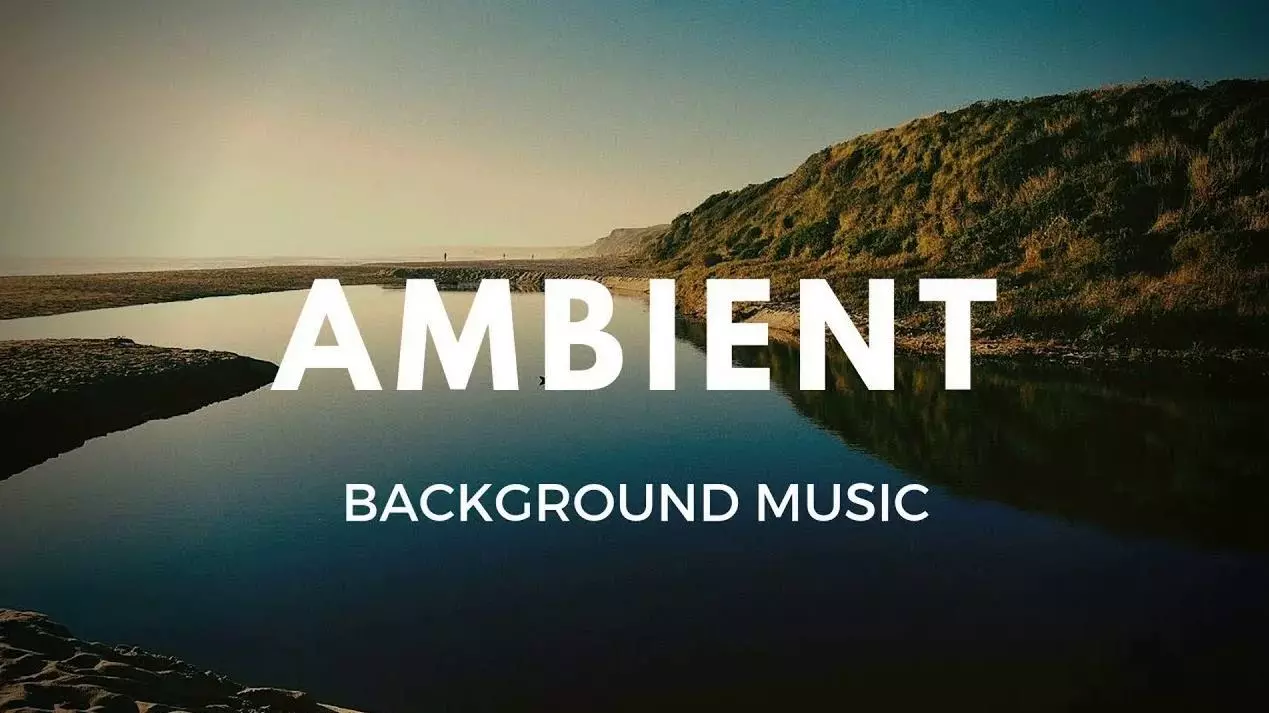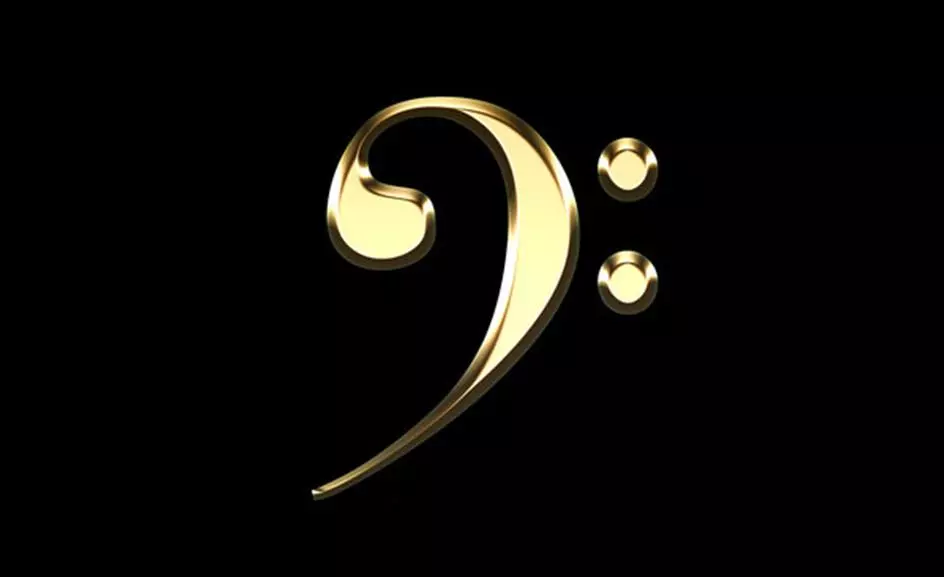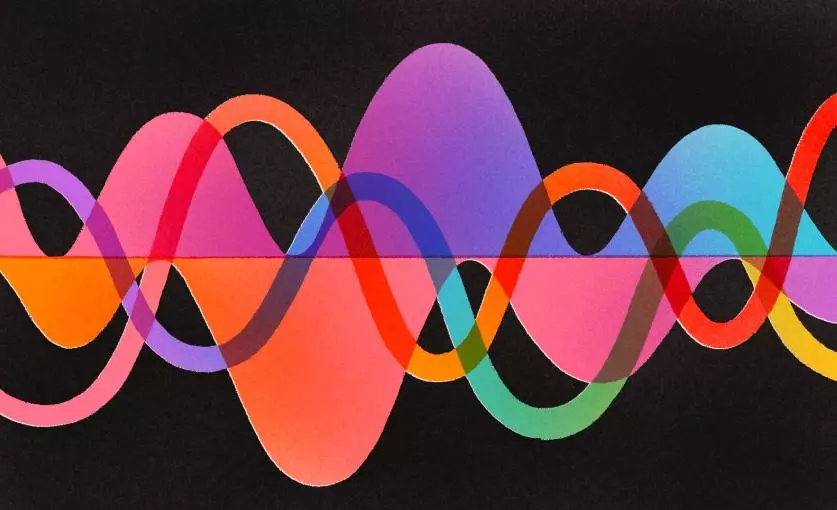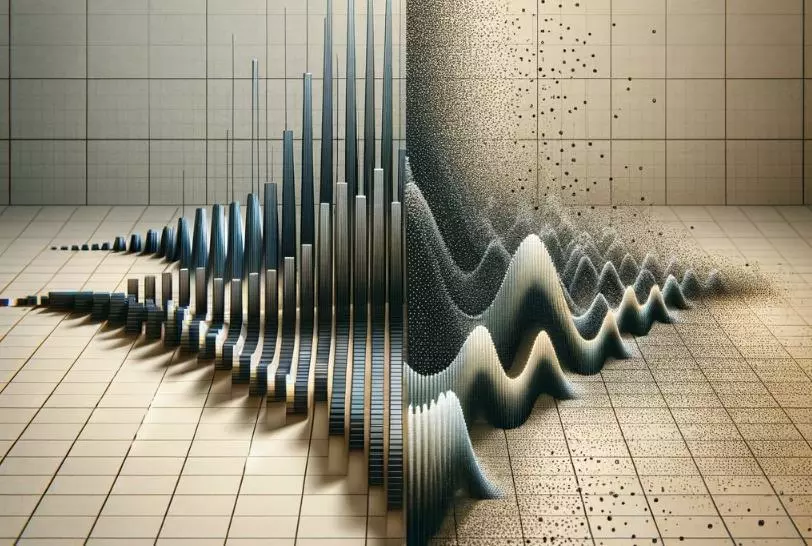Ghost notes
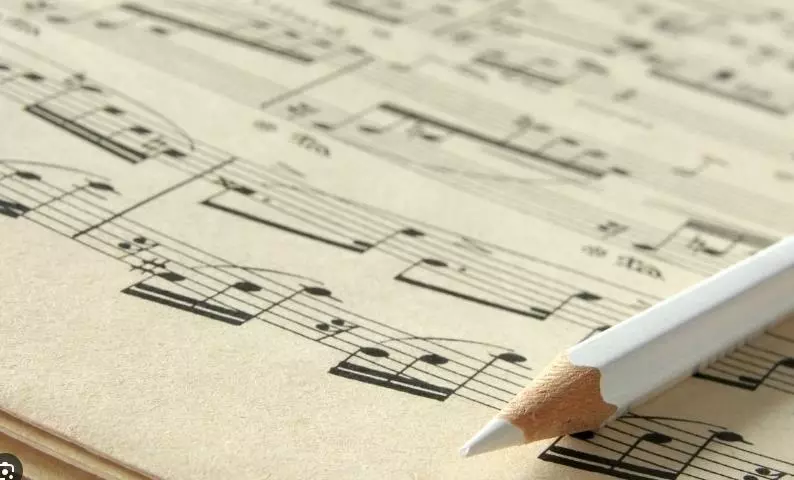
In the world of music, especially in jazz, there is the concept of a “ghost note” (or quiet, suppressed, or obscure note), which is a note with importance in rhythm, but almost imperceptible in pitch when played. In musical notation it is written as an “X” in place of the traditional oval or with parentheses around it. It should not be confused with the designation for an X-shaped sharp (double sharp), which raises the note.
On string instruments, a ghost note is created by muting the string, producing a sound closer to percussion than a clear pitch. Its pitch exists, but the meaning lies more in rhythm than in melody or harmony. She adds drive and momentum to the bass lines, forming a rhythmic figure, and often reducing the emphasis to almost complete silence. In the percussion sections of popular music, ghost notes are played very quietly between the main hits, especially on the snare drum. This technique is widely used by electric guitarists and double bassists in a variety of musical genres. In vocal music, such notes are used to represent words spoken in rhythm rather than being sung.
Instrumental music
Ghost notes in music are different from simple unaccented notes in a rhythmic structure. For example, in a key pattern, unaccented notes are not fully accented or unaccented, but occupy a mid-accent level. When a musician further de-emphasizes such a note to a level similar to emphasizing the accented notes in a pattern, he or she is effectively “blurring” that note. If a ghost note is weakened to the point of silence, it becomes a rhythmic element similar to a rest. This subtle difference and the musician’s ability to identify ghost notes is highly dependent on the acoustic characteristics of the instrument.
Brass instruments and guitars, including the human voice, are often capable of producing ghost notes, distinguishing them from rests. For pianists or percussionists, this distinction is more difficult due to the percussive nature of the instruments, where it is difficult to determine the loudness gradient as one approaches silence. However, when a percussionist skillfully creates clearly audible, albeit less noticeable, ghost notes compared to unaccented mid-accent notes, we can speak of creating ghost notes.
There is a misconception that grace notes and ghost notes are synonymous. A grace note is usually significantly shorter in duration than the main note it complements, and often receives more emphasis even while being shorter than the main note. In contrast, ghost notes are determined by volume rather than duration.
Percussion
When performed on drums, the ghost note is produced at a very low volume, most often on the snare drum. In musical notation, it is indicated by brackets around the note. As stated in The Drummer’s Bible: How to Drum Any Style from Afro-Cuban to Zydeco, the ghost note’s function is to “…emphasize the underlying sound of the groove, creating subtle 16th-note playing around underlying rhythms or accents.”
Thus, the term “ghost note” can have different meanings. A more precise term is “anti-accent”, which refers to a set of symbols to indicate the level of emphasis. Percussion music uses various anti-accent symbols such as:
- Slightly softer than surrounding notes: ◡ (short decrease);
- Noticeably softer than surrounding notes: ( ) (note in parentheses);
- Much softer than surrounding notes: [ ] (note in square brackets).
Examples of the use of ghost notes can be heard in the playing of drummers such as Harvey Mason, Mike Clark, Bernard Purdy, Brad Wilk, David Garibaldi and Chad Smith. Drumming with ghost notes is a characteristic feature of R&B music. Some of the most famous examples of this technique are Gregory Coleman’s drum break on The Winstons’ “Amen, Brother”, Clyde Stubblefield’s drum break on James Brown’s “Cold Sweat”, and Jeff Porcaro’s rendition of the rhythm for Toto’s hit “Rosanna”.
Stringed instruments
A guitarist aiming to create a ghost note can ease the finger pressure on the strings without releasing them completely from the fretboard (which would result in an open string sound). This technique is sometimes called “scratching”, and it becomes a ghost note unless other notes in the musical pattern are played in the same way (otherwise the scratching will be considered normal notes).
On the double and electric bass, like the guitar, ghost notes are created by muting the strings, which can be achieved with either the palm or the fingers of the right hand. This gives the notes a fuzzy pitch, giving them the characteristics of percussion instruments. In the slap bass style of electric bass, ghost notes are often used to create rhythmic, drum-like sounds in funk and Latin music. On the double bass, percussive ghost notes are sometimes achieved by striking the strings against the fingerboard, creating a sharp, “clicking” sound. Combined with the slap style of double bass, ghost notes are used in rockabilly, bluegrass, traditional blues and swing jazz.
Famous bassists such as James Jamerson (Motown), Carol Kay (Motown), Rocco Prestia (Tower of Power) and Chuck Rainey (Steely Dan, Aretha Franklin, etc.) are known for their mastery of using ghost notes to create subtle and effective rhythmic patterns in your game.
Vocal music
In the field of vocal music, especially in the genre of musical theater, the term “ghost note” indicates that the lyrics should be spoken instead of sung, keeping the rhythm but without a clearly defined pitch. In musical notation, notes that are less than half in duration are indicated by an “X” instead of the traditional oval symbol. Sometimes half notes or whole notes are indicated by an open diamond shape, which often symbolizes screams or other non-melodic sounds.
One of the clearest examples of the use of ghost notes is the opening song “Rock Island” from the musical “The Music Man”, where they dominate. This technique can also mean the use of Sprechstimme or rapping, where the vocalist speaks the words instead of singing, keeping the musical rhythm.


